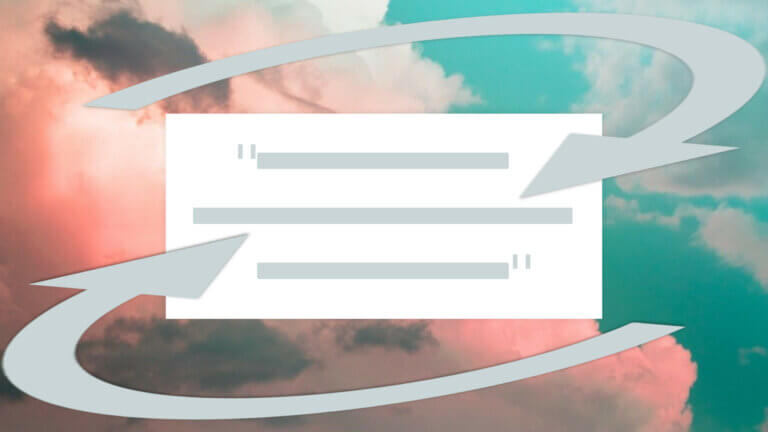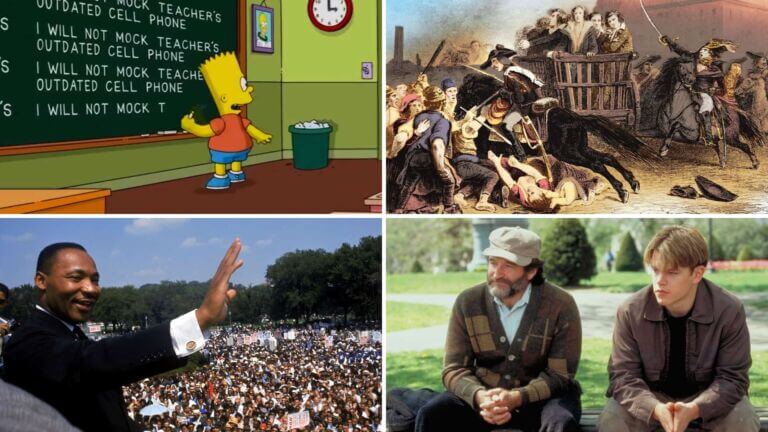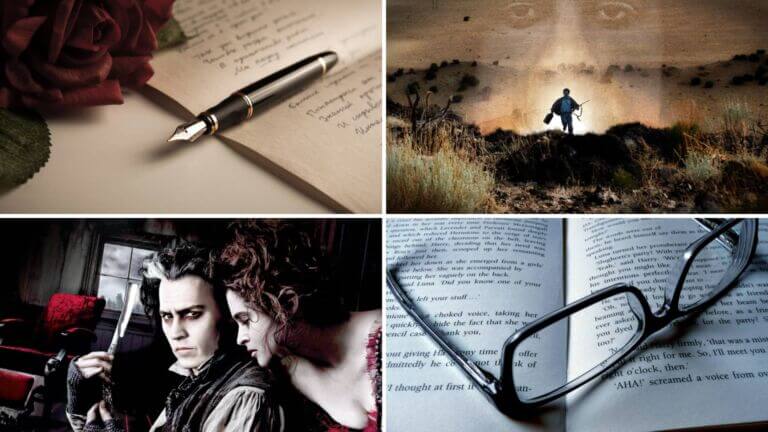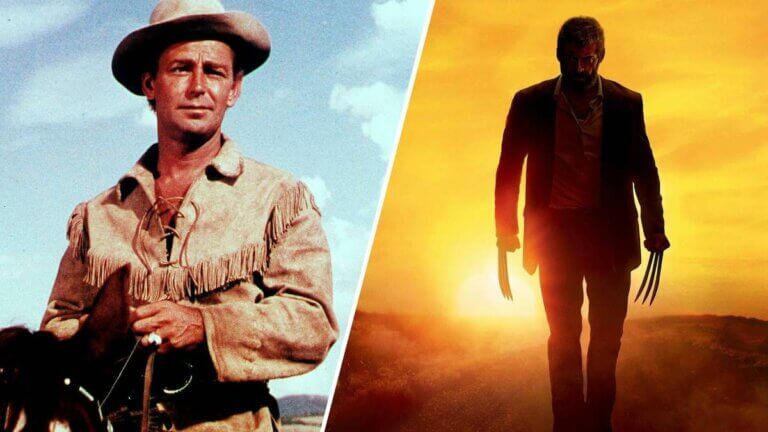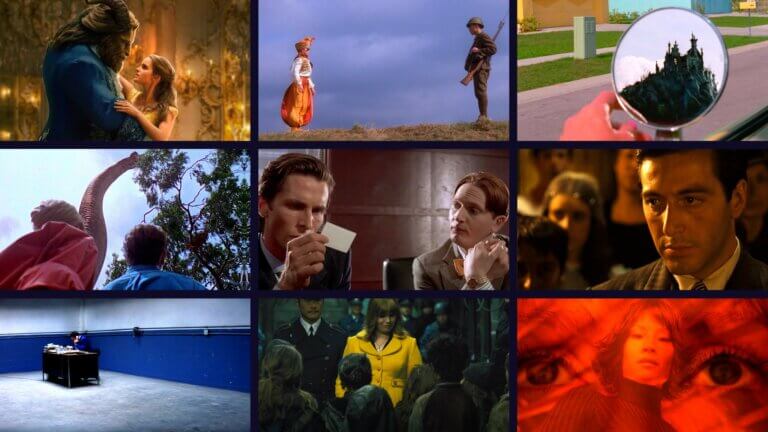What is a palindrome? Actually, there are a few different types and we will dig into all of them. In this post, we’ll define palindrome, cover the rules that govern the different styles, and take a look at examples of each type. We will even take a look at a few examples of palindromes in pop culture. Let's get into it!Continue reading What is a Palindrome — Definition, Examples & How They Work
Film is primarily a visual medium. Filmmakers have various tools to create meaning through visual elements, one of which is the visual metaphor. Visual metaphors are often subtle, but are incredibly important for filmmakers in communicating and resonating with an audience. What is a visual metaphor? How and why do filmmakers use them? We’ll break down a few visual metaphor examples to answer these questions and more.Continue reading What is a Visual Metaphor — Definition & Examples in Art & Film
What is a paradox? Definitions can often feel, well, paradoxical. Even though paradoxes have been part of human thinking for thousands of years, they are not always well understood. This seems particularly true of paradoxes in movies, which often leave viewers scratching their heads. Whether you want to get a grip on exactly what a paradox is, or write the next great brain-teasing movie paradox, this article will get you started. Continue reading What is a Paradox? Definition and Examples for Literature and Film
Anaphora can be iconic. Anaphora can be memorable. Anaphora can be effective. Okay, that may be a terrible example of the effectiveness of anaphora. Nevertheless, anaphora is responsible for some of the most iconic speeches in history. What is anaphora and how does it accomplish all of these things? In this article, we’ll take a look at the definition and examine uses of it in history, literature and film. Continue reading What is Anaphora — Definition and Examples for Writers
Context has the ability to change the meaning of a story and how we view its characters — but what is context? We’re going to answer that question by looking at examples from The Office, In Cold Blood and more. We’ll also look at some tips and tricks for how you can effectively implement this necessary element in your own stories. By the end, you’ll know why context is so important and how to apply it in a variety of different ways. But before we jump into our examples, let’s define context.Continue reading What is Context — Definition and Examples…
One of the most effective ways at making a line of text in literature memorable is by creating rhythm. Writers have a few ways of creating rhythm such as rhyming and alliteration. However, both can become redundant because of their more obvious nature. A more subtle literary device that creates rhythm is assonance. What is assonance? The effects of assonance are similar, but are technically achieved in a different way. In this article, we’ll discover how by looking at the assonance definition and examples.Continue reading What is Assonance — Definition and Examples for Writers
Anyone who’s sat down to write knows it isn’t for the faint of heart. Whether penning a poem, a screenplay, or a novel, a writer needs a few tools in their toolbelt. Enter common literary devices, literary elements and literary techniques. Besides listing, defining, and providing examples, this article will also take a moment to consider how and why a writer might use these common literary devices in the first place.Continue reading 46 Literary Devices Every Writer Should Know
People have been using “allusions” for thousands of years – but what is an allusion? Today, we’re going to outline an allusion definition, alongside some examples. By the end, you’ll know the purpose of allusion, as well as how to use it in writing and everyday conversation. Are you ready to open pandora’s box and get to the bottom of allusion? (that’s an allusion)!Continue reading What is an Allusion? Definition and Examples
Two is always better than one when it comes to Juxtaposition. Other than being the game-winning word in your next Scrabble match, what is juxtaposition? It is a frequently used term throughout the artistic world from photography to literature to film. Despite its frequent use, its meaning can be quite vague. We'll define juxtaposition with examples in film so that you can use it throughout your next project.Continue reading What is Juxtaposition in Film? Definition and Examples
What is an archetype? Archetypes play an integral role in how people understand each other – but what are they? We’re going to answer that question as we define archetype, then we’ll look at some archetype examples from classic literature and film. By the end, you’ll know why archetypes are so important for storytellers – and why they might explain something innate about the human condition.Continue reading What is an Archetype — Definition & Examples in Storytelling
